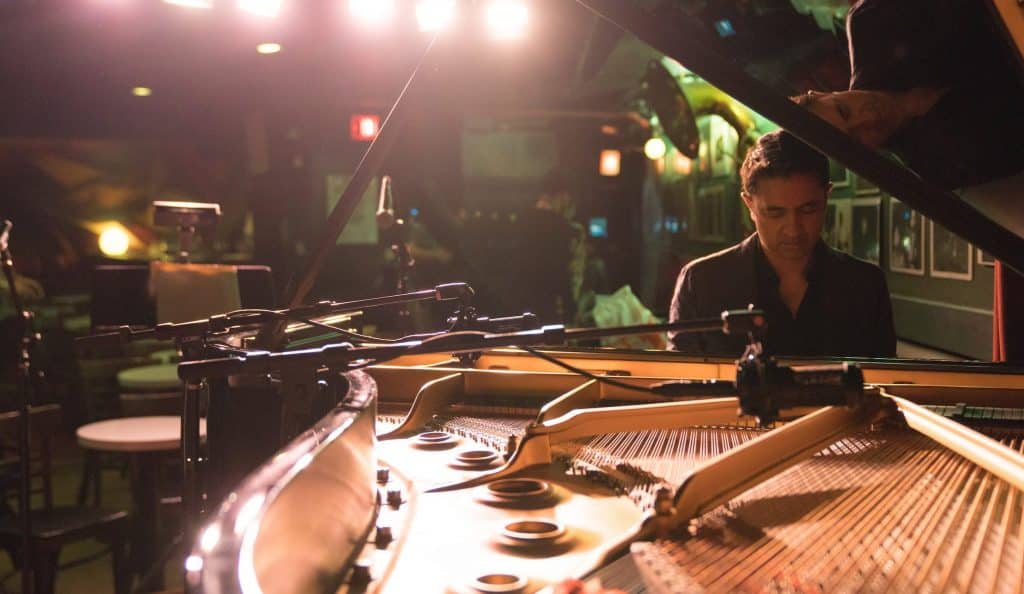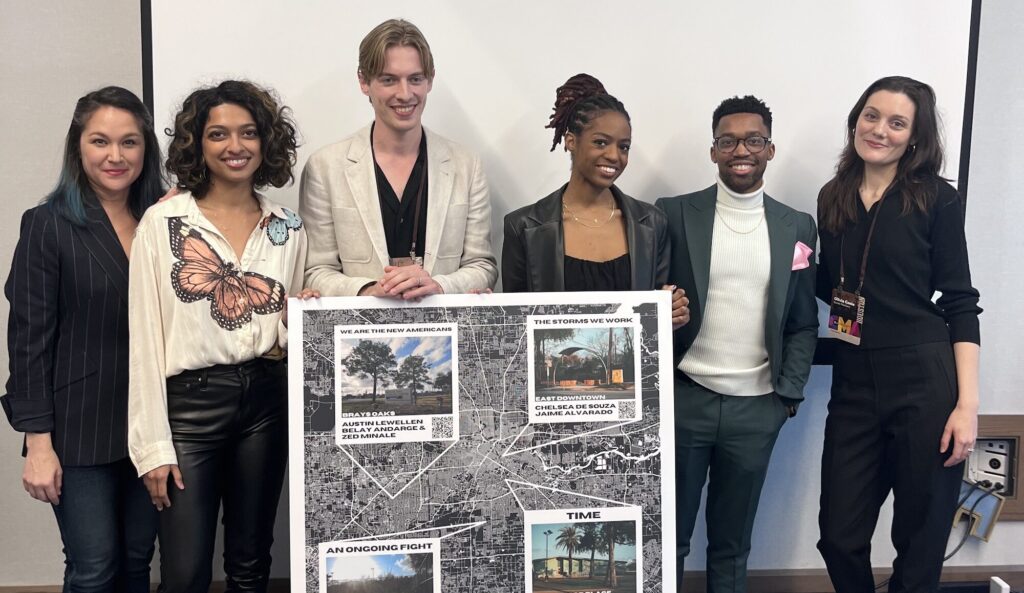Whose Excellence?
If excellence dominates, then musicality liberates.

I’m honored to contribute to this special issue, even though I’m not sure I’d be anyone’s first choice to weigh in on this topic. But I do teach at Harvard, a school to which, reputedly, admission is secured by demonstrating a lifetime of high achievement. Most people take this reputation as a given from the college’s 4% acceptance rate alone. Nonetheless, a self-affirming, triumphalist ethos appears continually in the institution’s official communications and internal messaging, especially the language of “excellence,” that cursed cudgel of a word. During the first full-blown pandemic year, the cringeworthy tagline was “online excellence.” I started calling it “toxic bestness”: an ideology of exceptionalism threatening to curtail growth, learning, and self-awareness.
In music-making courses, I find it helpful to begin by taking these facile notions of “excellence” off the table entirely—which is often a big leap for Harvard students. You can’t set about making anything new if you are convinced of your own greatness; it’s paralyzing. You must accept tension, vulnerability, failure, and dead ends at every stage. Also, the “excellence” paradigm tends to focus on solitary achievement, but most of music takes place with, for, and among others. Music education must hold space for these fundamentally relational skills—the musical capacities to support, reinforce, and hold each other together. For students used to an ultrahigh standard of individual accomplishment, I find it most effective to let them experience the gift of each other: to help them discover how collaborative music-making builds real ties among people.
Notions of excellence have come to define Western classical music, a field that is bound up with pan-European cultural nationalism. A culture of perfectionism developed through the conservatory model, which became predicated on faithful adherence to stylistic and aesthetic norms of the “common practice period,” particularly on fidelity to the score. In a professional environment where thousands of highly trained conservatory graduates aspire to a handful of open slots in orchestras or even fewer opportunities as career soloists, adjudicators and audition panels are invariably splitting hairs when deciding among equally qualified players. One criterion, surely, is expressiveness; but an easier one to measure, practically taken as a given, is flawlessness.

It’s no secret that Asian and Asian American players have flooded this arena, as if following a promise of acceptance in the otherwise hostile or indifferent cultures of the West. There is a body of research on classical musicians of Asian ethnicities— see, for example, Mari Yoshihara’s Musicians from a Different Shore (2007) and Grace Wang’s Soundtracks of Asian America (2015)—which reveals that irrespective of how they play, they tend to be described by (almost always white and male) critics and judges as if they were robots: technically accomplished, but viewed as inherently less expressive than white players, and even treated as if interchangeable.
For some white gatekeepers, it turns out, even excellence isn’t enough if you don’t look the part. As the composer- performer Pamela Z once said, “When people can see you, they hear something else.”
The conservatory model was replicated in “jazz performance” college programs, which have proliferated in the West in recent decades. These programs have become the primary method of transmission of what is called jazz today, by presenting a bowdlerized, institutionally sanctioned version of 20th-century Black music. The (mostly white and male) teachers and students in these programs strive to master a narrow range of artificially codified Black musical practices, largely centered around the discographies of a small handful of (overwhelmingly male) music-makers prominent in the 1950s and early 1960s. Most of these artists, if still living, have long since moved away from the music of that era. These programs’ curricula include few or no Black women composer-performers, virtually nobody associated with the Black Power movement or the various avant-gardes, and hardly any music from the last half-century that wasn’t written by a white man. Conservatories should be understood as sites of erasure as much as they are repositories of knowledge.
Young musicians-in-training cannot help but internalize a capitalist drive to excel, win, conquer. It is fed to them on social media, which has gained an outsized influence on the music industry, with its reliance on metrics of attention: clicks, likes, shares, and other forms of monetizable “engagement.” Today’s extremely online musicians know how to work the algorithms to achieve success in this arena. What I’d call a viral aesthetic— short, pleasurable bursts of visually dazzling, tehnically impressive, exuberant performance—has become the preferred and most profitable expressive mode of the current music business.
But as Ornette Coleman once told the guitarist Brandon Ross: “Do you want to be in the music business, or the music world?” Following the implications of this question: What would it mean to make music that matters to the people in your world, the people who matter to you? And how large can that circle become?
Historically, Black American musical practices have valued different forms of innovation, expression, interaction, and technical prowess, often linked together into more complex constructs like “flow,” “sound,” or “concept”: community-specific understandings of what is musical—of what matters to them. In a 1959 piece for The Jazz Review on John Coltrane’s album Soultrane, Cecil Taylor wrote:
In short, his tone is beautiful because it is functional. In other words, it is always involved in saying something. You can’t separate the means that a man uses to say something from what he ultimately says. Technique is not separated from its content in a great artist.
I don’t mean to suggest that excellence and “saying something” are opposites; rather, I’d offer that excellence is an idea imposed from above, whereas the bonds of community, our attunements to what matters to each other, are achieved from within. I’d call this quality musicality.
If excellence dominates, then musicality liberates. Excellence is top-down; musicality rises up from below. Excellence is how you are “supposed” to sound; musicality is how you say something unprecedented. Excellence is known; musicality is unknown. Excellence is for the brochures, board rooms, and brand names; but musicality is for the people. Excellence is what we are taught to strive for; but musicality is literally
what matters.



